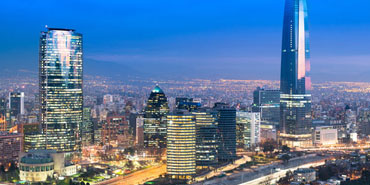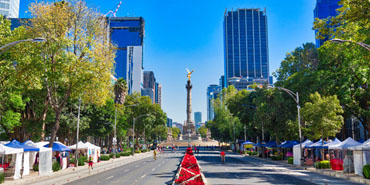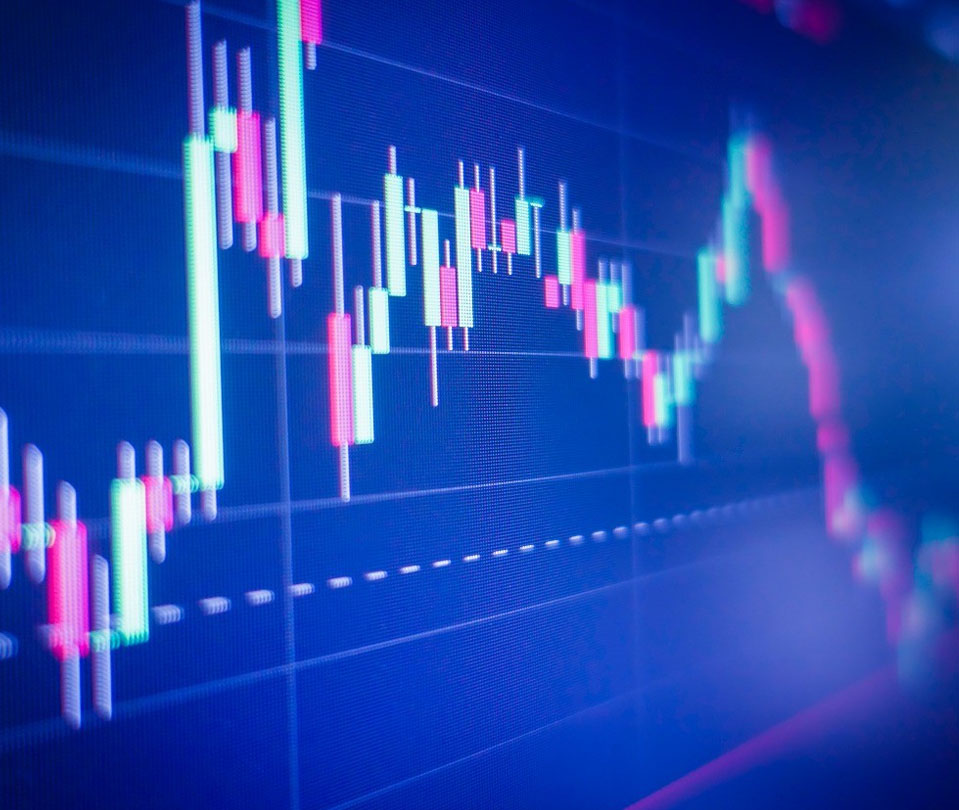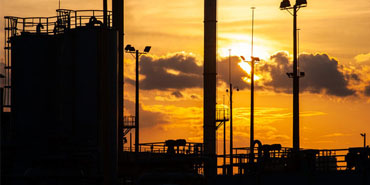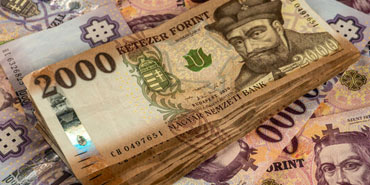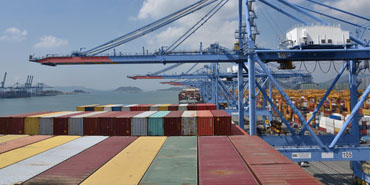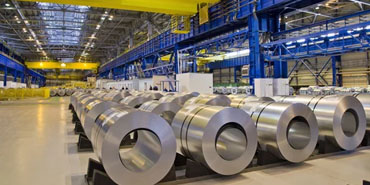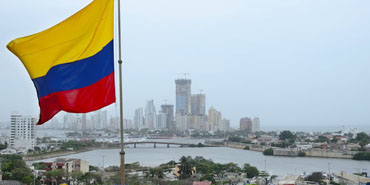Mexico is one of the most attractive countries in the world for foreign investment due to its many comparative advantages. Its geographical location, the capacity of its manufacturing industry, the diversity of its natural resources, the size of its market, and the skilled labour force have positioned Mexico as one of the top twenty economies receiving foreign direct investment worldwide. And, considering only Latin America and the Caribbean, Mexico is among the top 5 economies that receive foreign direct investment.
In addition, its great commercial openness guarantees access to international markets, as it has a large network of International Trade Agreements that facilitate free trade with the markets of North America, the European Union, the countries of the European Free Trade Association, Israel, and some partner countries in Latin America.
Mexico is one of the largest countries in the world. It is eleventh in geographical size with approximately 127 million inhabitants, so it represents a large potential market. It is experiencing positive demographic progress as its population is one of the youngest in the world. The working age population (15 to 64 years old) is larger than the dependent population (0 to 14 years old and 65 years old and older), which has a direct impact on the productive and economic potential of the country. It is worth mentioning that this workforce is young and relatively skilled, which makes production costs lower and more competitive. Likewise, thanks to the young population, innovation is present, making technology one of the most developed industries.
Mexico is a megadiverse country. The Mexican territory is very large with 1,973 million square kilometers, which allows it to have different ecosystems. Also, it is one of the 17 megadiverse countries in the world, so it has a wide variety of natural resources, land, and climates conducive to the development of any type of industry at very competitive prices. In addition, thanks to this diversity it has all kinds of raw materials, lowering the cost of production of items.
Mexico is positioned strategically. It is located next to the world's largest economy, the United States. It is in the heart of America, with a privileged geographical condition that places it in North America and, at the same time, integrates it to Latin America, connecting the former and the latter. It is located in the middle of two great oceans, the Atlantic and the Pacific, resulting in a natural bridge that facilitates access to the main consumption centers of the world.
Mexico is a gateway to the world's largest markets, and its infrastructure is proof of this. With 64 international airports, it is the country with the third largest number of airports in the world. It has 121 port facilities, which allow it to carry out a growing activity of international exchange of goods and services with practically all countries. It has a railway system of more than 26,000 kilometers and its national road network has 780, 511 kilometers of roads. In addition, Mexico ranks second among the main Latin American economies in terms of the general quality of its infrastructure.
Mexico is one of the most important economies in the world. It is the second largest economy in Latin America, the fifth largest economy in the Trans-Pacific Partnership Treaty and the fourteenth largest worldwide, representing 1.67% of the world's GDP. In the period from 2010 to 2018, the Mexican economy grew at an average of 2.8%. However, due to the fall in oil prices in 2019 and the global economic crisis caused by COVID-19 in 2020, the economy has been affected in recent years. But all is not lost- BBVA forecast growth of 6.3% in 2021, warning that the levels reached in the pre-pandemic years would be reached by mid-2022.
Mexico is one of the most open economies in the world. It is the 11th largest exporter in the world and the largest in Latin America. Manufacturing accounts for approximately 80% of the country's exports, making it a notable exporter of manufactured goods. Its network of 13 Free Trade Agreements (FTA's) with 50 countries link the Mexican economy to more than 1.3 billion consumers, representing 60% of the world's Gross Domestic Product (GDP).
Among these treaties, the most important are: the T-MEC Treaty between Mexico, the United States, and Canada; the Pacific Alliance with Colombia, Chile, and Peru; the TIPAT, whose members are Canada, Australia, Vietnam, Singapore, Brunei, New Zealand, Japan, Peru, Chile, Malaysia, and Mexico; the TPP, which is currently the most relevant trade negotiation due to its level of ambition and the wide range of disciplines it contemplates, made up of 12 countries from four geographical regions: North America, South America, Oceania, and Asia.
Mexico is a major investment destination. It is open to FDI in the vast majority of economic sectors and has always been one of the largest recipients of these investments in emerging markets, making it the fifteenth largest recipient of FDI in the world.
Some key economic sectors to invest in are: automotive parts - the country hosts some of the most important brands in the sector; tourism sector - Mexico is the 9th most visited tourist destination in the world, with more than 30 million annual visitors thanks to its great biodiversity; processing - Mexico is the 2nd largest exporter of frozen orange juice, 2nd largest exporter of cocoa powder, and 5th largest world exporter of biscuits; knowledge industry / IT services and software - Mexico has 20 IT groups, several specialized technology parks, and is considered a competitive country in software development; health and pharmaceuticals - Mexico is one of the largest exporters of health-related products, being the number 1 in Latin America. In addition, 20 major international pharmaceutical companies have a presence in this country. Other relevant sectors are machinery and equipment, chemicals, aerospace and financial services, insurance, and bonds.
Additionally, the Ministry of Economy reported on various programs and decrees that encourage foreign investment in the country, such as: DRAWBACK, which offers the possibility of returning the general import tax when incorporating merchandise that will be destined for export or returned in the same state; IMMEX, which consists of omitting the payment of the general import tax, VAT, and compensatory quotas; PROSEC, a program that allows foreign companies to import material, either for the Mexican market or for export with a preferential tariff; and finally, ALTEX - through this instrument, administrative obstacles are eliminated as well as the application of tax facilities.
For all the above mentioned, Mexico is a country that attracts investment due to the great diversity of opportunities to enter markets of all kinds, from industrial to tourism. Thanks to its privileged geographical position, it is possible to access practically every market in the world. In addition, its demographic quality means that its labour force, which is young and numerous, does not have a very high cost and is relatively well qualified. Also, the country enjoys an enviable economic and political stability compared to other countries in the region. For all these reasons, Mexico has become a great magnet for foreign investment.
If you liked this video, we invite you to subscribe to our channel where we will continue to analyze in depth the different options offered by Mexico to invest.






